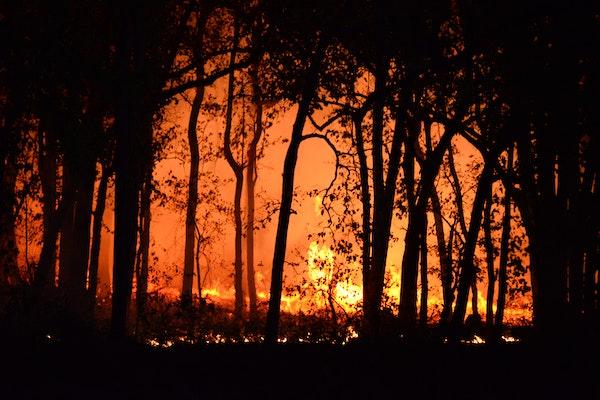Revolutionizing Wildfire Management: SAR Technology Enhances Detection and Response

Researchers at The Ohio State University are advancing wildfire management by integrating remote sensing technology, specifically Synthetic Aperture Radar (SAR), for more effective detection and response to wildfires. While acknowledging the ecological benefits of fires, they note the increased environmental damage caused by the rising number and intensity of uncontrolled wildfires due to warmer, drier conditions.
Lead researcher Dustin Horton, doctoral student in electrical and computer engineering (ECE) highlighted the need for improved detection systems, focusing on overcoming the limitations of traditional methods that are less effective like optical sensors occluded by smoke and other atmospheric change like clouds and sunlight or other passive sensors at night. Horton presented his research at the recent American Geophysical Union's annual meeting, advocating for integrating SAR into existing wildfire prediction models. SAR's advantages include its ability to provide high-resolution environmental mapping, using radar to generate detailed two-dimensional or three-dimensional representations of terrain and operate effectively under various atmospheric conditions, enabling better measurement of an area’s surface geophysical, hydrological and meteorological properties at key spatial distances.
SAR has potential in monitoring the entire lifecycle of wildfires and factors contributing to high-risk areas. Looking ahead, Horton's team plans to use data from the upcoming NISAR mission, a joint project by NASA and Indian Space Research Organisation launching in early 2024, to refine their wildfire-prediction algorithms. This mission aims to map Earth to gather data on the effects of climate change. Horton recognizes the continued importance of traditional firefighting methods and new wildfire management technologies.
The study was co-authored by Byrd Center Principal Investigator, ECE Professor Joel Johnson at the Electroscience Laboratory.
Other co-authors include Ohio State Electroscience Laboratory Senior Research Associate Mohammad Al-Khaldi, Ismail Baris from the German Aerospace Center (DLR), Jeonghwan Park from NASA Goddard Space Flight Center and Global Science and Technology Inc., and Rajat Bindlish from Goddard Earth Sciences Technology and Research.
To learn more, visit Ohio State News.
